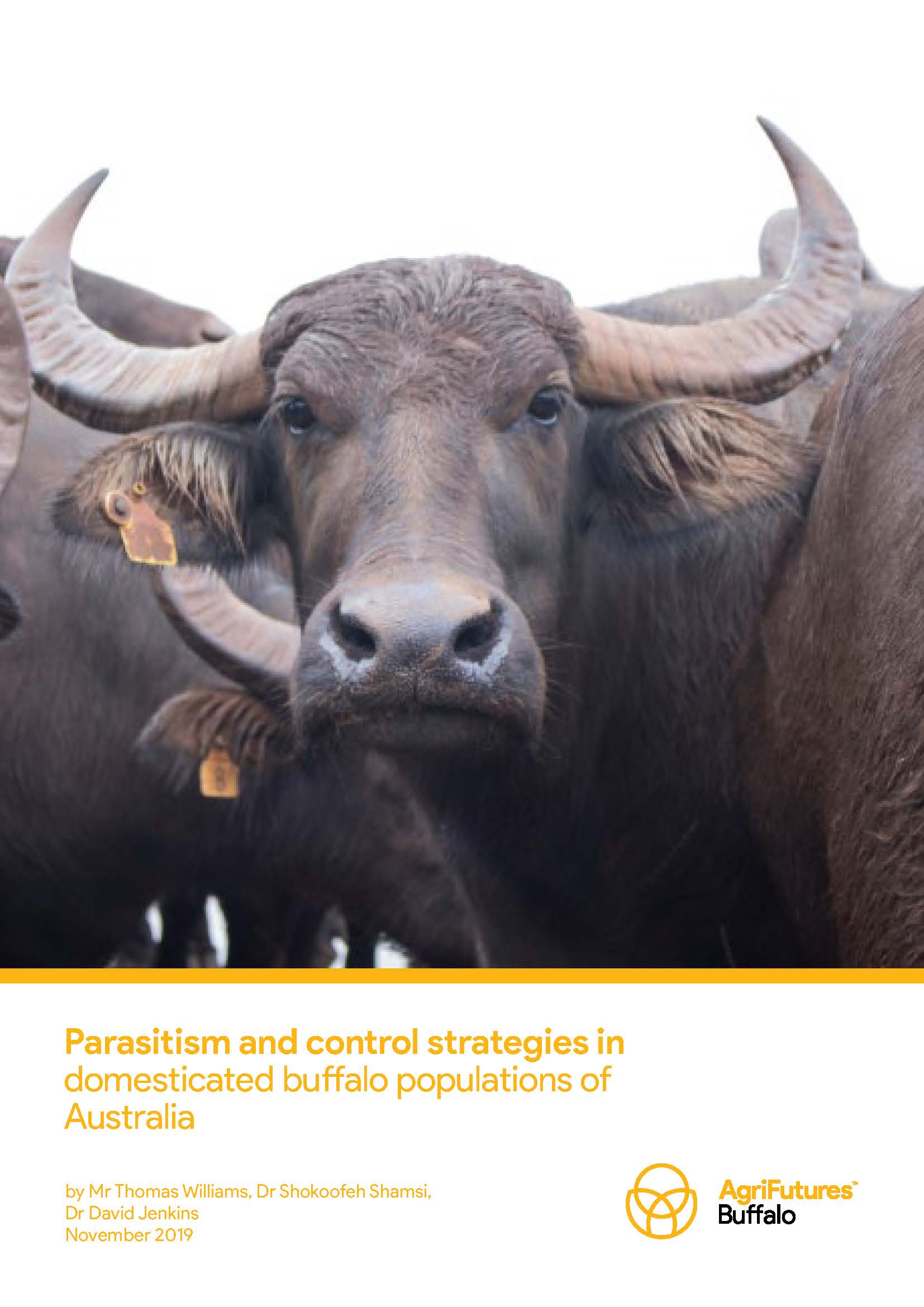Parasitic diseases have a substantial financial impact on farm productivity. Globally, few publications have detailed the prevalence or effects of parasitism in dairy and meat buffalo. In Australia, research has been restricted to wild populations. Investigation into parasitism in water buffalo is warranted due to the lack of readily available information detailing prevalence and control measures in Australia’s domestic buffalo populations. Current management and treatment recommendations for novel ruminant species (such as buffalo) have been adapted from sheep and cattle management practices. Although these recommendations may be of some benefit, given the physiological differences between all ruminants, we anticipate variations in parasitism and the consequent control and management strategies will be different between buffalo and other ruminant species. Tailoring parasite control in water buffalo to minimise their impacts as much as possible will increase animal health and on-farm production.
This report describes the current state of gastrointestinal parasitism on water buffalo farms, detailing current farm practices, demographics of water buffalo populations and the effects these factors have on gastrointestinal prevalence. The molecular characteristics of gastrointestinal nematodes have been investigated, and the phylogeny of isolated of identified species has also been described.





